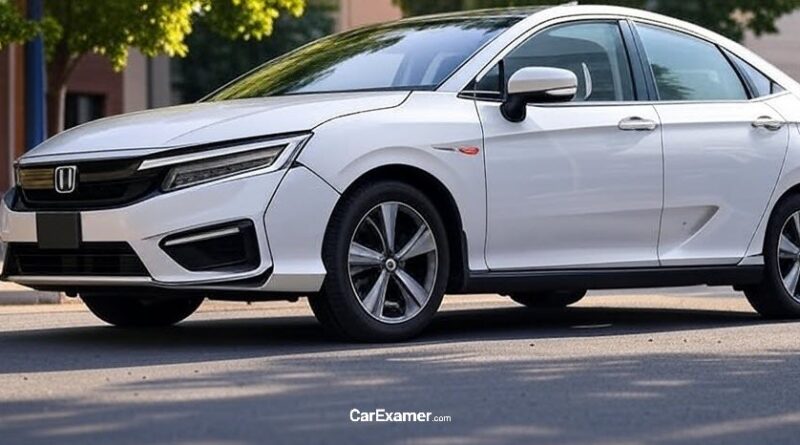Honda Clarity Problems Common Issues and Repair Costs
The Honda Clarity is a unique model that was offered as a plug-in hybrid (PHEV), a fully electric car (EV), and a hydrogen fuel cell vehicle (FCV) in different markets. It was never widely sold in the UK, but some examples arrived as imports. The Clarity is praised for innovation and efficiency, but like any advanced car, it has some weaknesses. This guide explains the most common Honda Clarity problems and the typical repair costs where parts and servicing are available.
About the Honda Clarity
Launched in 2016, the Honda Clarity came in three versions:
- Plug-in Hybrid (PHEV): A petrol engine combined with an electric motor and rechargeable battery.
- Electric (EV): A fully electric version, although its range was limited compared with rivals.
- Fuel Cell (FCV): A hydrogen-powered version producing only water vapour emissions.
The Clarity stood out for:
- Smooth and quiet driving
- A well-equipped, comfortable cabin
- Eco-friendly technology
- Strong safety ratings
However, its complexity and the limited support network in the UK mean repairs can be costly.
Common Honda Clarity Problems
- Battery degradation (PHEV and EV)
Owners report that driving range reduces over time, especially on the EV model with its smaller battery. - Fuel cell system issues (FCV)
The hydrogen version can develop problems with the fuel cell stack or hydrogen storage, which require specialist repair. - Charging faults
Plug-in models sometimes develop faults with the charging port or onboard charger. - Drivetrain noise (PHEV)
Some drivers notice unusual noises when the car switches between petrol and electric power. - Suspension wear
The extra weight of batteries and hydrogen storage systems can lead to faster suspension wear. - Infotainment faults
Freezing screens and slow responses are a common complaint. - Air conditioning failures
Compressors and pipework are known to fail, leading to weak or no cooling. - Parts availability
The biggest issue in the UK is sourcing parts, especially fuel cell and EV components.
Typical Repair and Service Costs in the UK
Although official support is limited, costs can be estimated from Honda hybrid and EV servicing in the UK.
| Repair or Service | What is Included | Average Cost |
|---|---|---|
| Annual service | Oil (PHEV), filters, system checks | £180 to £250 |
| Major service | Spark plugs, fluids, battery inspection | £300 to £450 |
| Hybrid 12v battery | Replacement | £120 to £200 |
| Hybrid or EV battery repair | Cell repair or partial replacement | £1,500 to £4,000 |
| Full EV or PHEV battery replacement | Entire battery pack | £6,000 to £9,000 |
| Fuel cell system repair (FCV) | Stack or hydrogen tank work | £3,000 to £8,000+ |
| Suspension repairs | Bushes, shocks, links | £200 to £400 per axle |
| Brake pads and discs | Replacement | £180 to £320 |
| Air conditioning repair | Re-gas or compressor replacement | £100 to £400 |
| Infotainment repair | Software update or hardware fix | £150 to £500 |
How to Keep Costs Down
- Service hybrid and EV systems at specialist garages
- Keep charging equipment in good condition
- Avoid deep discharges on EV and PHEV batteries
- Use recommended hydrogen filling stations for fuel cell models
- Update infotainment software to prevent glitches
- Drive smoothly to reduce wear on suspension and brakes
Conclusion
The Honda Clarity is a rare but forward-looking car. Common problems include battery range loss, charging system faults, suspension wear, infotainment glitches, and air conditioning failures. On the fuel cell model, stack and hydrogen storage issues are the main concerns.
Repair costs can be very high due to limited support and parts availability, especially for the main batteries and fuel cell systems. With careful driving and specialist maintenance, however, the Clarity remains a unique and environmentally friendly car.
Buying a used VW. Buying used vauxhall, BMW, Jaguar, Ford, Volvo, Range rover, Bentley, Aston Martin, Porsche, Ferrari, Lamborghini, Maserati, Hyundai, Tesla, Honda, Pagani

